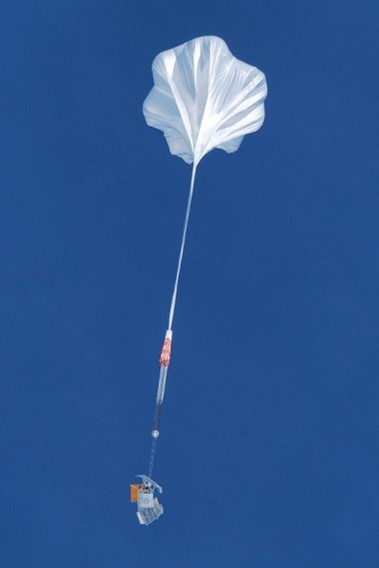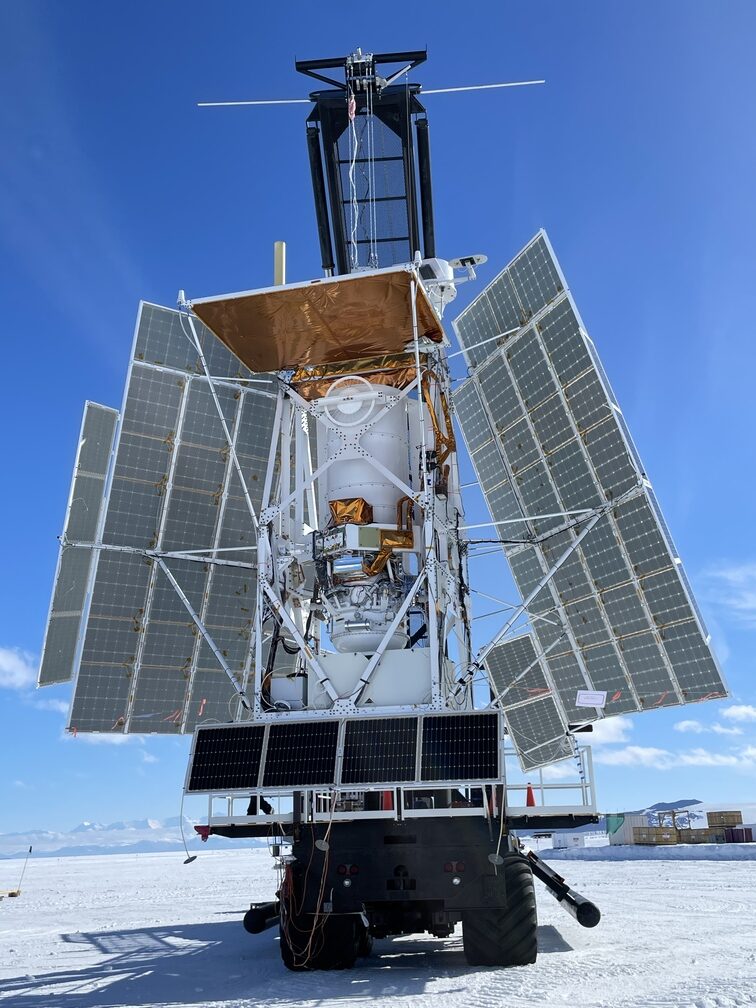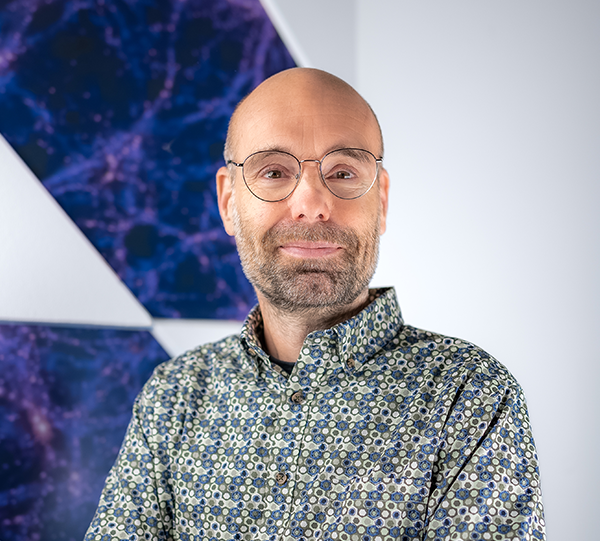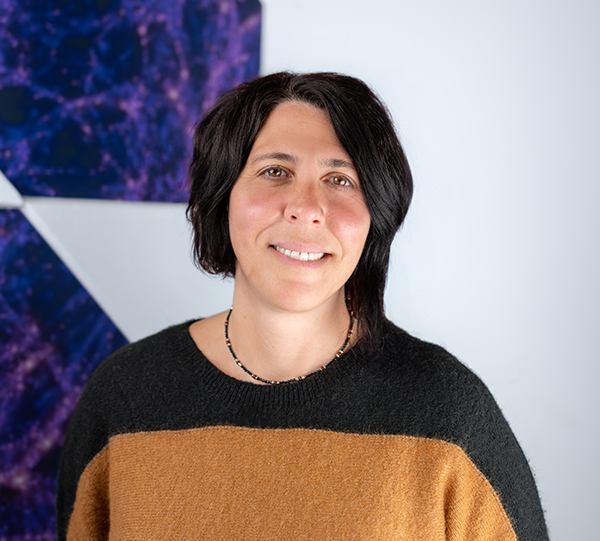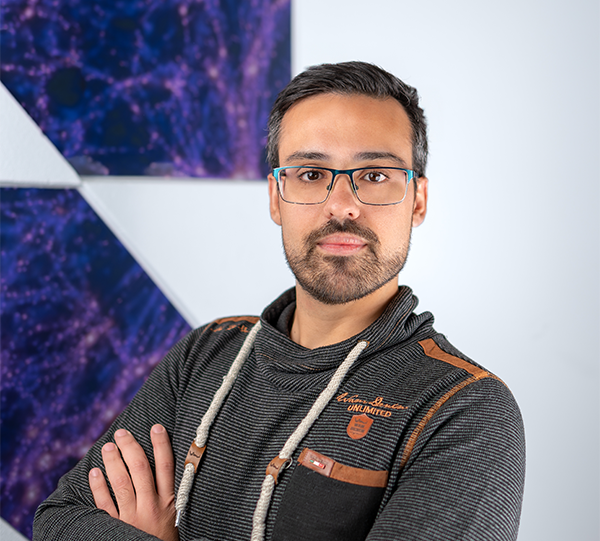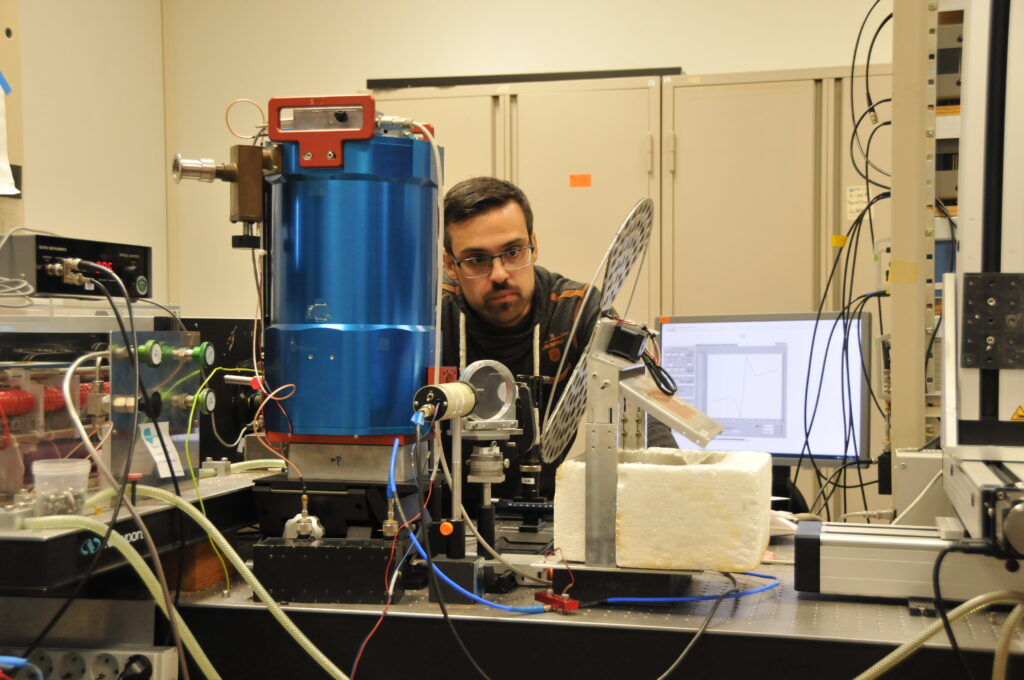| Status | Active |
| Launch | 2023 |
| Space organisation | NASA |
| Type | Far-infrared (64 – 205 μm) |
| Orbit | Balloon above Antarctica |
| Instrument with SRON contribution | Camera’s |
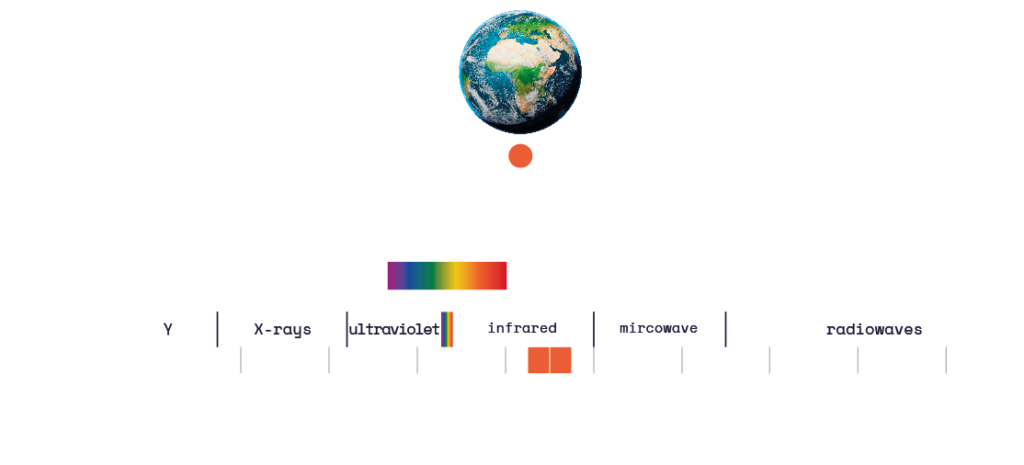
Stars from clouds of dust and gas
Stars are born from clouds of gas and dust floating in space within a galaxy. Under the influence of gravity, these clouds keep contracting until the density at the centre is high enough for a star to ignite. Usually, planets are formed from the residual material of the cloud.
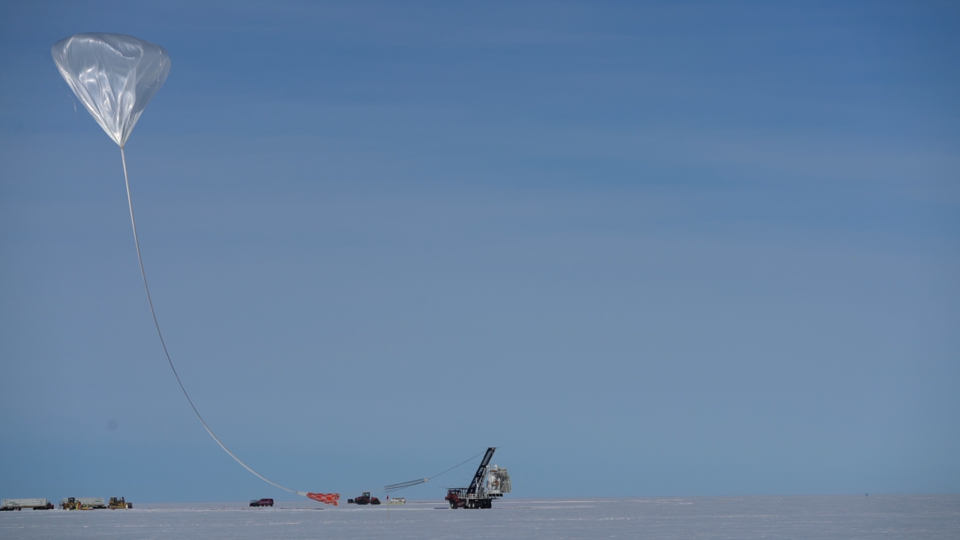
Carbon and nitrogen play a key role
To understand this star formation process, astronomers want to know which atoms are present during which phase. Carbon and nitrogen are key elements in this. GUSTO measured how much radiation it receives at the precise frequencies emitted by these two substances. For nitrogen, these are around 1.4 terahertz and for carbon around 1.9 terahertz. Interstellar clouds are so cold that they emit the most radiation at those kinds of far-infrared frequencies.
Carbon as tracer
Carbon is present at every stage of the life cycle of stars and acts as a tracer to study the formation and evolution of interstellar clouds in the Milky Way. Nitrogen in particular reveals the secrets of the stellar nurseries in which heavy stars are formed that drive the evolution of our galaxy, like the pendulum of a clock.
Evolution of galaxies
GUSTO also gives astronomers insight into how galaxies have evolved over time. Apart from the Milky Way, it has also mapped the most active star-forming regions in the nearby dwarf galaxy the Large Magellanic Cloud (LMC). It seems that the LMC is similar to the first galaxies formed after the Big Bang. Comparing the Milky Way and the LMC gives astronomers a picture of how galaxies evolved.
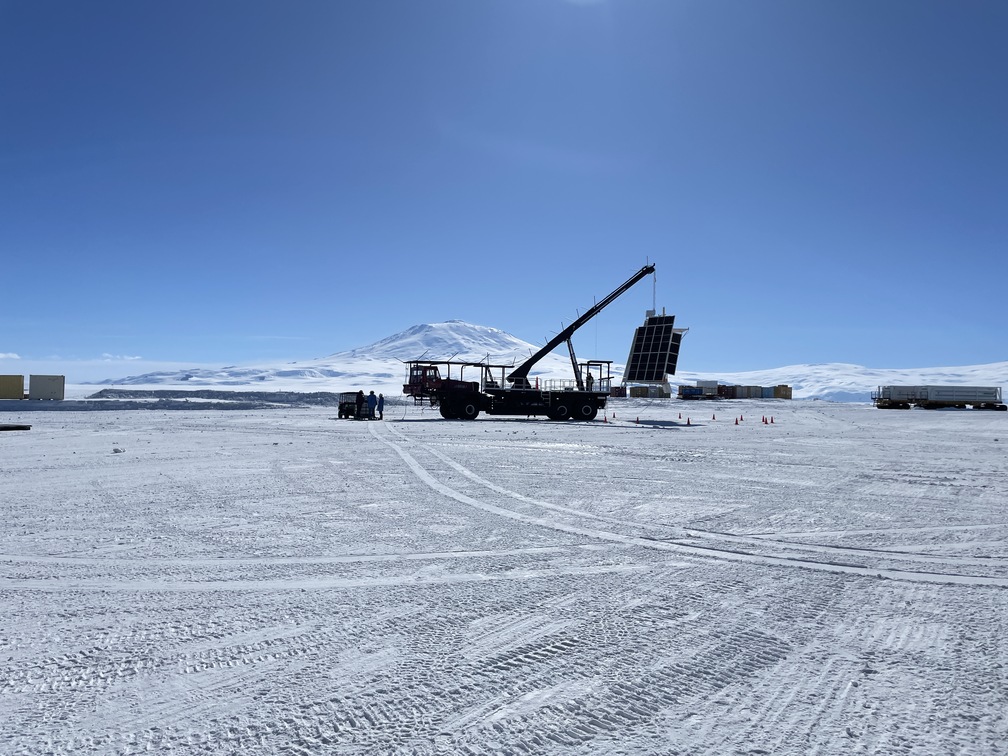
Water vapour blocks far-infrared
Water vapour in our atmosphere blocks far-infrared radiation, so ground-based telescopes can only observe it at high altitudes. Space telescopes are even better suited, but they are also more costly. The GUSTO team chose the golden mean and built a balloon telescope that circled above the South Pole at the edge of space, at an altitude of 36 kilometres.
South Pole par excellence
The South Pole is ideally suited for long-duration balloon missions. It is virtually uninhabited, there are no land borders and, in the Antarctic summer, solar panels get 24-hour light. The latter also means there are no temperature fluctuations because of the day/night rhythm. Moreover, this is when the ‘polar vortex’ blows around the South Pole, allowing the balloon to circle around without drifting away from the continent. When GUSTO finally reached darkness after 57 days at the edge of Antarctica and lost too much altitude, the budgeted 55 flight days had already been achieved. In doing so, it also grabbed the record for longest balloon flight.
SRON develops three cameras
SRON, in collaboration with TU Delft, has provided the three cameras for GUSTO, each tuned to a specific frequency to detect a particular element. The 1.4 THz camera observed nitrogen, while the 1.9 THz camera focused on carbon. The 4.7 THz camera, intended for oxygen, did not collect any data due to unexpected ice formation on another part of the telescope.
Each camera contains eight pixels to differentiate between regions in the sky. Their spectral resolution of one million is high enough to detect shifts in spectral lines compared to where they would normally be expected. If a line appears slightly further to the left or right than usual, it indicates that the gas is either moving away from us or towards us. By measuring the degree of this shift, astronomers can determine velocities within a star-forming cloud.
